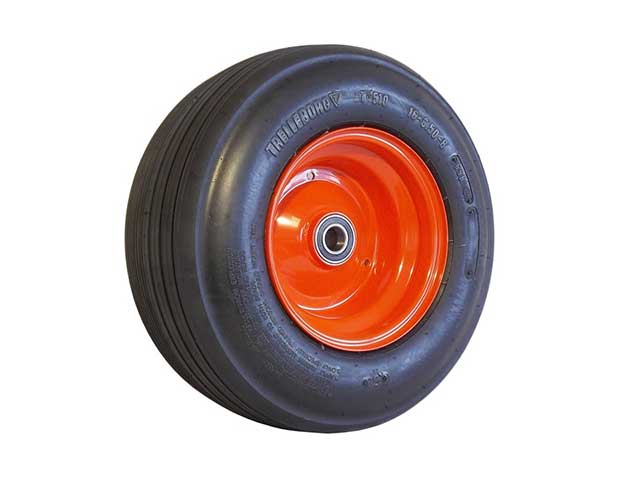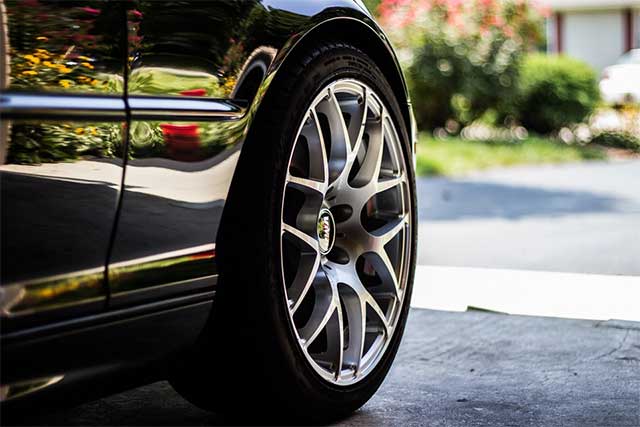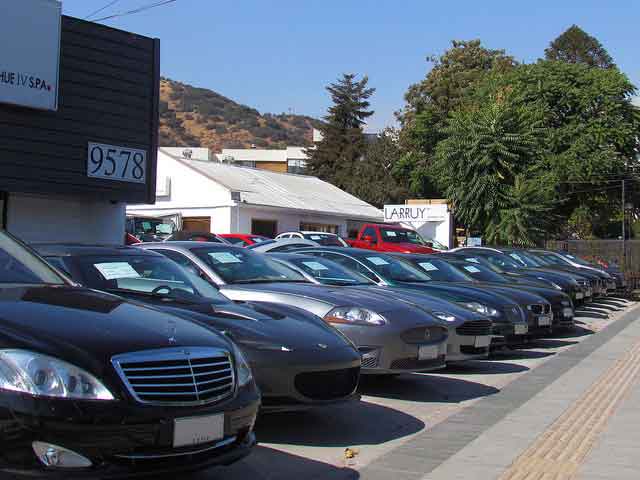When it comes to tyres, even the perfect driver could turn out to be ignorant. It is sometimes amusing to note that people give less importance to the tyres than they would to some add-on features. This can hardly be justified, as the tyre is one of the most important parts of the vehicle. Just knowing the brand and type of tyre is not enough, especially if you are looking forward to a long-lasting tyre.
Thanks to the thousands of choices, choosing the right tyre becomes a daunting task. So, here is a quick guide on tyres that would not only help you to choose the best tyres, but also to educate yourself on the rubber that takes you places.
Tyre Size – the first step towards buying a new tyre is to know the size of your tyre. Typically, this is found on the wall of your tyre and in the vehicle handbook. For instance, the tyre size could be 195/50 R15 92H. Let’s try to decode the numbers:

The number R15 indicates the Rim diameter. It is the measurement of the diameter of the rim that the tyre is to be fitted. This is denoted in inches. The number 92 is the load rating, which indicates the maximum load each tyre can support. The last digit is the speed rate, which represents the maximum speed at which a tyre can carry a load according to its load rating. The speed rating of H means that the maximum speed is 210 km/h.
Quality and price: Once you are familiar with the tyre size, the next step is to check the quality and price of the tyre. Although most tyres available in the country adhere to safety standards, a good quality tyre would last long and offer a better riding experience.
Tyres are classified as premium, mid-range and budget tyres based on their quality and price. Premium tyres are of high quality and are often high priced. These are good enough for about 20000 miles. They offer improved stopping distances, fuel economy, superior wet grip and lower noise levels. Some popular premium tyre brands are Bridgestone, Continental, Dunlop, Goodyear, Michelin and Pirelli.
If you do not wish to spend too much on tyres, you can go for mid-range tyres, which are great value for money-products. They also offer better longevity and a good driving experience. Some of the mid-range tyres are BF Goodrich, Cooper, Toyo or Yokohama.
If you are strapped for money, opt for budget tyres, which could be good for around 8000 miles or so. Popular budget tyres like Hankook and Kumho could see you through summer, but they might not get you through the winter.














